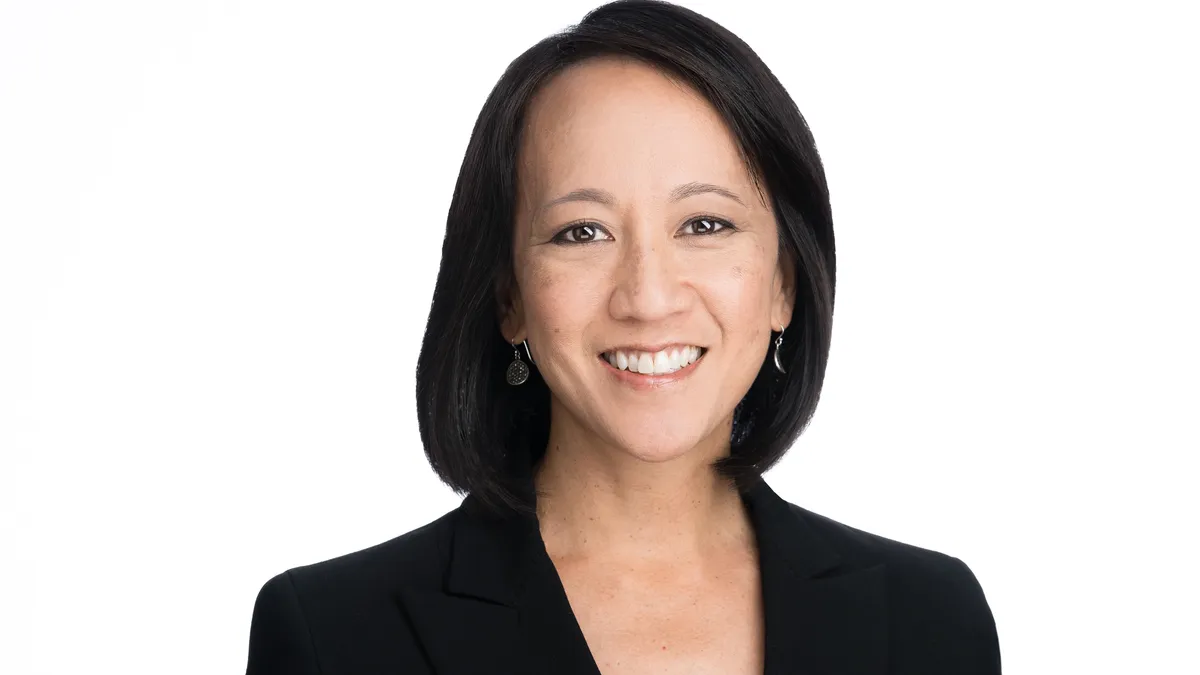The healthcare industry generates massive amounts of data every day. In fact, health accounts for approximately 30% of the world’s data and is the fastest-growing industry for data globally, according to a study by RBC Capital. This explosion of information creates a promising opportunity — to measure and deliver value-based care; to use AI and machine learning to predict, detect, and prevent diseases; and to identify and address disparities in care to improve outcomes for all patients.
But numerous barriers must be overcome first.
For one, the vast majority of healthcare data, some 90%, comes from imaging. X-rays, computed tomography (CT), magnetic resonance imaging (MRI), ultrasound, and PET scans are conducted in different imaging modalities used to help diagnose and treat patients. And as imaging technology has advanced dramatically over the years — for example, incorporating 3D capabilities and higher pixel and spatial resolution — the size and complexity of this data has increased significantly.
Today, reading these imaging scans is highly dependent on humans. For the radiologists tasked with interpretation of these images, this can create a growing and unsustainable burden. This is backed by McKinsey research, which found that 9 out of 10 radiologists report an increased workload over the last year, and more than a quarter said the increase was greater than 20%. AI and machine learning can help support faster, more accurate diagnosis of images and increased productivity for healthcare workers. Still, the adoption of AI by radiologists has been slow, chiefly due to a lack of familiarity with the technology and its value.
Another key challenge is that medical imaging data sits in silos across organizations and lacks standardized acquisition protocols. This results in large, disconnected, and messy data that’s difficult to access and use. Solving this problem requires tackling interoperability and standardization of this data. And many organizations aren’t willing to spend limited dollars on what is essentially foundational “data clean-up work” that will eventually enable and inform machine-learning models at scale.
Lastly, there is the shortage of technical talent and resources to support internal development of AI within healthcare and life science companies. A recent Gartner survey revealed that IT executives see talent shortages as the most significant barrier to the adoption of emerging technologies. Building an in-house team of experts, along with the technology platforms needed to support creation of machine learning models, requires organizational commitment and investment in longer-term capabilities that often get deprioritized in the context of other immediate, short-term business needs. Having experienced this tricky balance many times while leading large global healthcare businesses, I’m sympathetic to the leaders within these organizations who are advocating for resources to drive digital transformation and investment in emerging technologies.
How can healthcare and life science organizations overcome these challenges to make their imaging data accessible, interoperable and useful?
- Start by identifying the problem you’re trying to solve, and for whom. For example, in developing AI to assist radiologists, is it to help them prioritize patients with the most critical cases by pre-screening images? Or is it to reduce false positives by providing a second read of a scan? Or, better yet, is it to help radiologists achieve faster, more accurate diagnoses by using AI to improve the quality of a scan? Starting with the person who will be using the AI, and knowing the problem to solve, can help overcome barriers to adoption and demonstrate the value of AI.
- Follow a standards-based approach to interoperability. To make imaging data useful for AI, the data first needs to be standardized to enable AI scientists to more easily organize, analyze, and prepare the data to train AI models. DICOM (Digital Imaging and Communications in Medicine) is the international standard for medical imaging and enables interoperability of images across many imaging specialties. As organizations move their imaging data to the cloud to unlock advanced computing capabilities, they should look for cloud providers who support the convergence of diverse storage formats to the DICOM standard and offer DICOM-native services. Aligning to a standards-based approach will help the industry improve imaging interoperability for the benefit of all organizations and the patients they serve.
- Collaboration is key. When asking the question of whether to take a build, buy, or partner approach to tackling their imaging data challenges and developing AI models, healthcare organizations should consider how collaboration can help accelerate their objectives. Collaboration between healthcare and technology players can help address the realities of the shortage of tech talent and internal resources. By leveraging each party’s strengths and domain expertise, we can accelerate innovation together.
The mantra “dream big, start small, act now” is a good reminder that there are major problems for us to solve in healthcare, and that we have the power to tackle these today. By partnering across the healthcare ecosystem to make imaging data accessible, interoperable, and useful, we can work together to help transform disease detection and diagnosis with medical imaging AI and significantly improve people’s lives.
Previously, Alissa Hsu Lynch served as a vice president at Johnson & Johnson and led global businesses in operational and strategic roles. She was named to the Financial Times Agenda Diversity 100 and holds two design patents.










